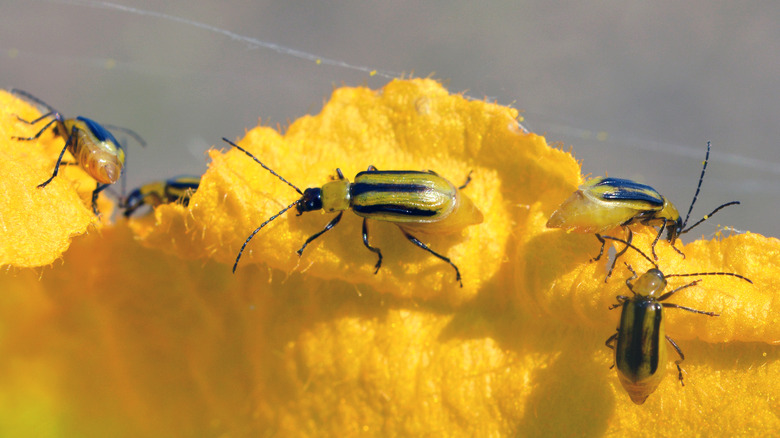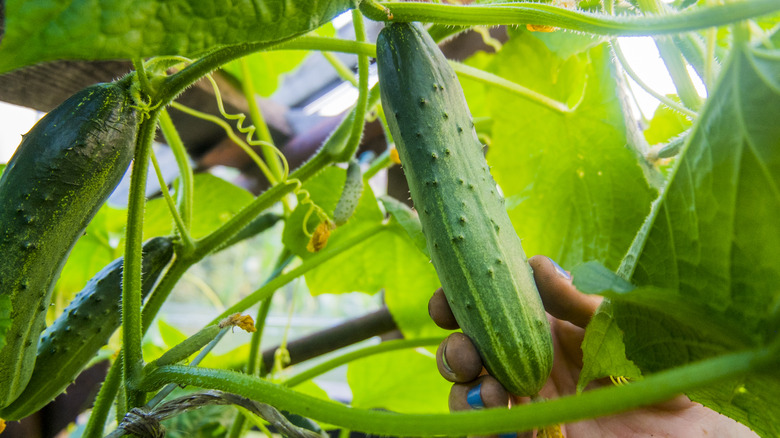Why Delaying Your Cucumber Planting Could Save Your Crop
After all the work involved in starting your garden and the research you've put into learning the mistakes to avoid when planting garden cucumbers, it's devastating to watch them shrivel up and die due to a cucumber beetle infestation. Cucumber beetles are a pest throughout the U.S. Both striped and spotted cucumber beetles attack cucurbits, including cucumbers, melons, and squash. They can damage your cucumber plants in two ways: through feeding and carrying disease. They normally feed on the leaves and blossoms of cucumber plants, but when their population peaks, they help themselves to the fruit and stems, too. Additionally, they carry bacterial wilt, an incurable disease that will kill your cucumber vines.
The best way to keep cucumber beetles out of your garden and stop bacterial wilt is by preventing the insects from gaining a stronghold. One method of controlling them is by applying insecticides, such as Admire or Platinum. However, you can also try planting cucumbers several weeks later than you normally would. Cucumber beetles overwinter in plant debris and emerge as soon as the soil temperatures reach 70 degrees. By delaying your cucumber crop, the cucumber beetles will have already emerged and found another food source.
Other ways to control cucumber beetles organically
Understanding the cucumber beetle lifecycle and feeding habits can help you eliminate them naturally. They lay their eggs at the base of their host plant, so when the larvae emerge, they can immediately begin feasting on the roots and stems. This makes it particularly hard to get rid of them once you've had an infestation. Rotating your crops can keep the beetles from finding their food source.
Another eco-friendly way to keep bugs out of your garden is by planting a decoy plant. Plant a trap plant, such as squash or pumpkins, near where you plan to put your cucumbers, so it will come up about a week before your cucumbers. This will lure the cucumber beetles away from your main crop, and you can pull up the vines and burn them to destroy the insects and eggs.
You can also plant transplants rather than sowing seeds directly into the soil to protect your plants during the most sensitive period. Once you plant your cucumbers, cover them with floating row covers until they bloom. After that, you'll need to remove the row covers so bees and other beneficial insects can pollinate them. Keeping your garden clean by removing debris at the end of the season can eliminate overwintering areas and reduce the emerging cucumber beetle population in the spring.

